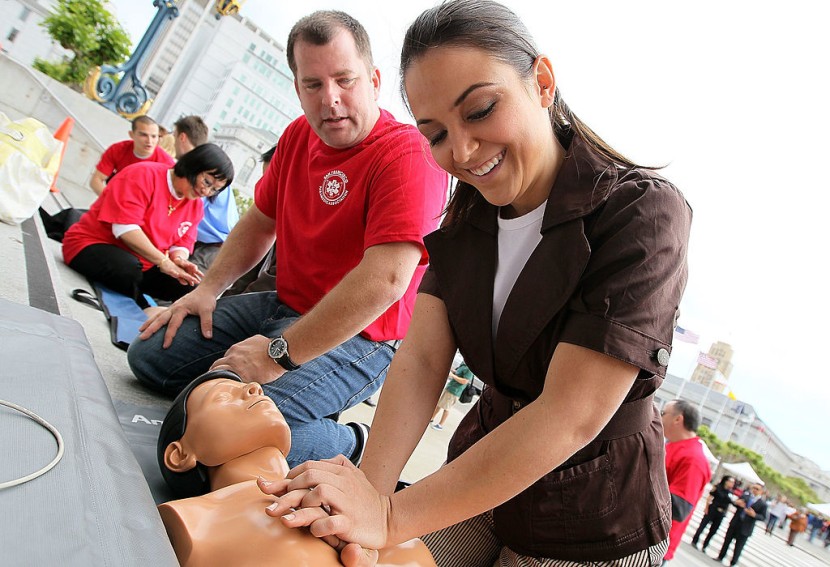
Medical Emergencies strike by surprise and there are times that one has no choice but to attend to it in order to save a life. To do this, there are several first aid skills that everyone should have in case somebody needs saving or taking care of.
These skills are important since having these particular skill sets may actually be the difference between another person's life or death. Thus, we have compiled some of the essential first aid skills that people should possess.
Stopping Bleeding
When a person is bleeding heavily, his blood cells will not be able to form a clot to suppress it, thus they could bleed out and even go into hemorrhagic shock. If faced with this kind of situation, the first thing one must put pressure on the wound.
It is ideal that a sterile cloth is used to do this to avoid infection, however, in cases when it is not available ripped shirts or anything else that is on hand may do. Aside from that, the bleeding may also be slowed down by raising the wounded body part above the heart.
However, according to CPR Certified it is also important that one knows where the bleeding is coming from. Being able to recognize if the bleeding is from the artery can save a life by a thread since arterial bleeding may cause someone to bleed out and die in a matter of minutes.
To identify arterial wounds, check to see if the wound is pulsating while bleeding and the color of the blood is usually brighter than usual. It is important to note that one should not remove the pressure on an arterial wound until medical help is available.
Heimlich Maneuver
Many of us have experience choking on foreign objects, especially food. Choking is a serious emergency situation since the foreign object may block a person's airways and lead to death.
The Heimlich Maneuver is a first aid response to choking. The person applying the aid should stand behind the victim and wrap his arms around them. After this, a fist should be placed between the belly button and ribcage of the victim with the other hand over the fist.
Next, quickly thrust upward. This should be done repeatedly until the object is dislodged. However, it is important to take note that the Heimlich can only be done on adults and there is a different technique that should be applied to children and infants, Urban Survival Site stated.
Hands-Only Cardio Pulmonary Resuscitation (CPR)
According to SureFire CPR, the American Heart Association has pointed out that 88 percent of cardiac arrests usually happen at home. This means that those who would need attending would be family members or friends. Thus, it is important that one knows what to do during these emergencies.
One of the life-saving skills that can help a person provide relief and support during a cardiac emergency is Cardio Pulmonary Resuscitation or CPR. In order to perform CPR correctly, there are trainings that are being offered.
Knowing how to perform CPR correctly may reduce the risk of unnecessary death due to cardiac emergencies, this is why it is one of the most important first aid skills that everyone should possess.
Related article: Ending the Stigma, Knowing the Science: 5 Myths About HIV Debunked








